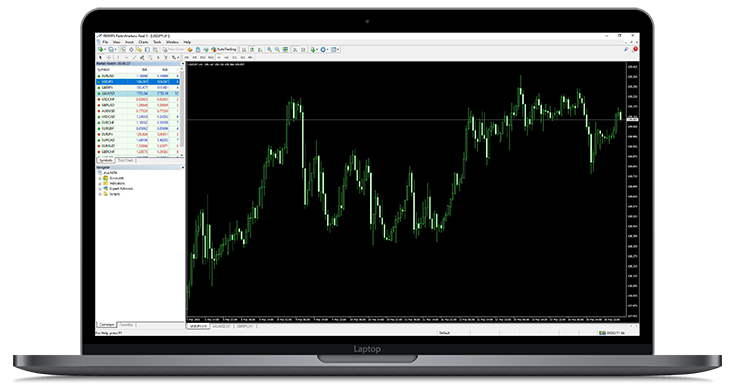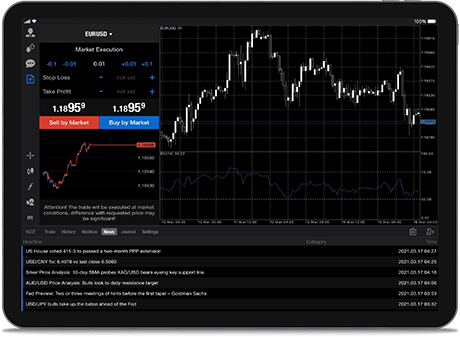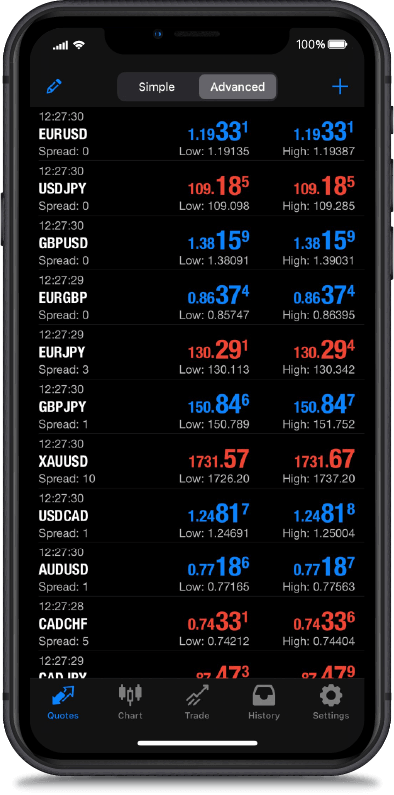EL MEJOR ALIADO PARA
TU TRADING
TU TRADING
Acceso a +350 productos como Forex, Acciones, CFDs, Commodities, Índices y Metales con plataformas de MetaTrader 4/5.
LIVE SPREADS
EUR / USD
SPREAD
0.00
COMPRA
-----
VENTA
-----
XAU / USD
SPREAD
0.90
COMPRA
-----
VENTA
-----
EUR / JPY
SPREAD
0.10
COMPRA
-----
VENTA
-----
USD / JPY
SPREAD
0.00
COMPRA
-----
VENTA
-----
GBP / USD
SPREAD
0.20
COMPRA
-----
VENTA
-----
Los precios Live son orientativos
STANDARD
Sin comisión
PIPS
XAU/USD
PIPS
EUR/USD
PIPS
USD/JPY
PIPS
EUR/JPY
PIPS
GBP/USD
PIPS
EUR/GBP
- DEPÓSITO MÍNIMO $100
- APALANCAMIENTO 1 : 500
RAW
Baja comisión
$2.5/lado
PIPS
XAU/USD
PIPS
EUR/USD
PIPS
USD/JPY
PIPS
EUR/JPY
PIPS
GBP/USD
PIPS
EUR/GBP
- DEPÓSITO MÍNIMO $100
- APALANCAMIENTO 1 : 500
Tipo de cuenta
que mejor se adapta a ti
que mejor se adapta a ti
En Radex Markets nos comprometemos a ofrecer un entorno de trading competitivo.
MEJORA TU TRADING VIAJA CON NOSOTROS
Opera como nunca antes con nuestras características óptimas. Nuestra plataforma perfecta y fácil de usar permite navegar por los mercados con facilidad.












